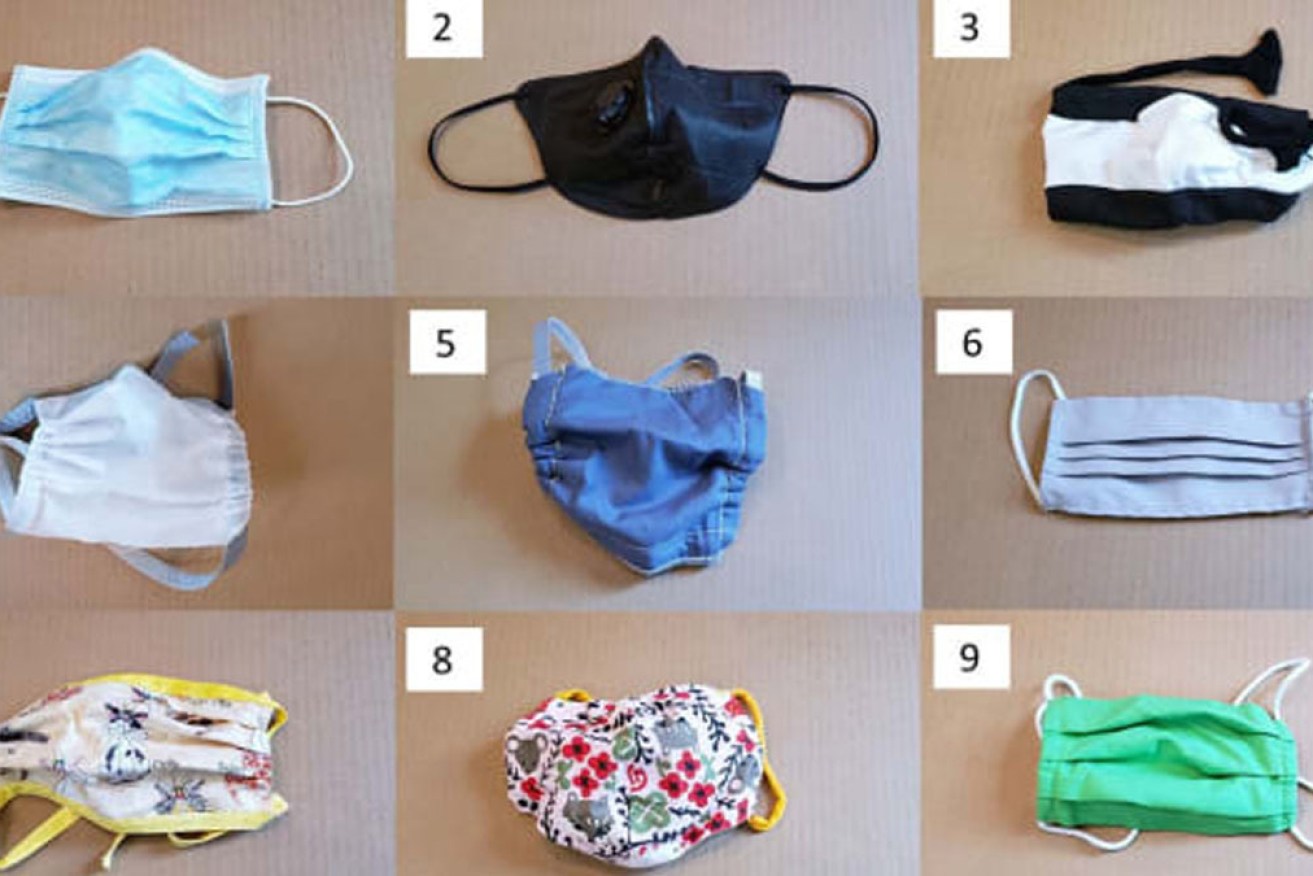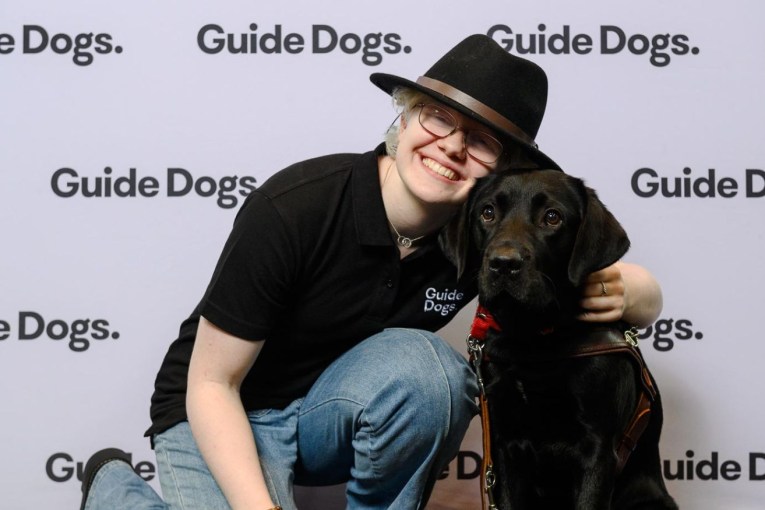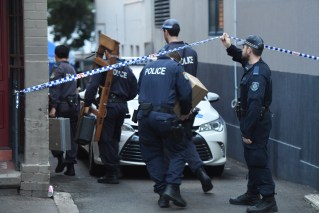Results are in: The guide to which mask will reduce the risk of COVID-19


Not all masks are created equal.
Some, in fact, are worse than not wearing one.
Navigating which mask will protect best against COVID-19 and prevent the spread if you’re carrying it unknowingly has become a hot button issue.
A new study from Duke University has analysed 14 common face coverings to find out which are the most effective in stopping droplets.
To analyse each mask, the researchers positioned a laser beam in a dark box that illuminated respiratory droplets when they passed through light.
A person then spoke into the box, saying “Stay healthy, people,” over and over again while a camera captured video of droplets in real time.
“It was just an eye opener to see all those particles light up in our laser beam,” said Dr Martin Fischer a chemist and physicist at Duke University.

The researchers tested 14 masks to find which best stopped droplets spreading.
“We could also see that some face coverings performed much better than others in blocking expelled particles.”
Unsurprisingly, N95 respirators (also referred to as P2 masks) and surgical masks, along with home-made cloth masks, all performed well.
Bandanas, handkerchiefs, fleece balaclavas, all performed poorly while the neck gaiter – a tube of fabric used for running outdoors – was so bad it actually produced more particles than speaking with no mask.
“We attribute this to … the textile breaking up those big particles into many little particles,” Dr Fischer said.
“They tend to hang around longer in the air. They can get carried away easier in the air, so this might actually be counterproductive to wear such a mask.”
The N95 respirator with no valve (No.14) is the superior face covering, which is why they are reserved for use by healthcare workers and others on the frontline of the pandemic.
For those just nicking out to the shops, or on a walk, a disposable surgical mask (No.1) or a mask made from two layers of cotton and one layer of synthetic material (No.5) is the best to use.
Masks made out of polypropylene also did well, and those made out of just cotton fabric (No.6, 7, 8, 9, 10 and 13), performed the same as knit T-shirts (No.3).
The bandana let through 50 per cent as many particles as someone not wearing one at all.
Associate Professor Eric Westman, who also worked on the report, said the main thing it highlighted was that a person doesn’t need to cough to spread coronavirus.
“If you didn’t know that speaking can spread particles that can spread virus, you need to know that,” he said.
“That was confirmed over and over and over in the hundreds of trials that we did.”








